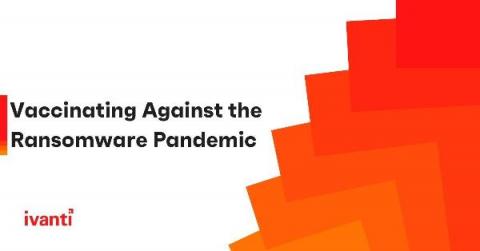ServiceNow named a Magic Quadrant Leader in Enterprise Agile Planning Tools
ServiceNow has been named a Leader in the 2021 Gartner Magic Quadrant for Enterprise Agile Planning Tools for the first time. This is a big move for us after being positioned a Niche Player in 2019 and a Challenger in 2020. We believe this position is a result of our extended integration with third-party tools, our project and portfolio management (PPM) use cases, and our portfolio management capabilities.









